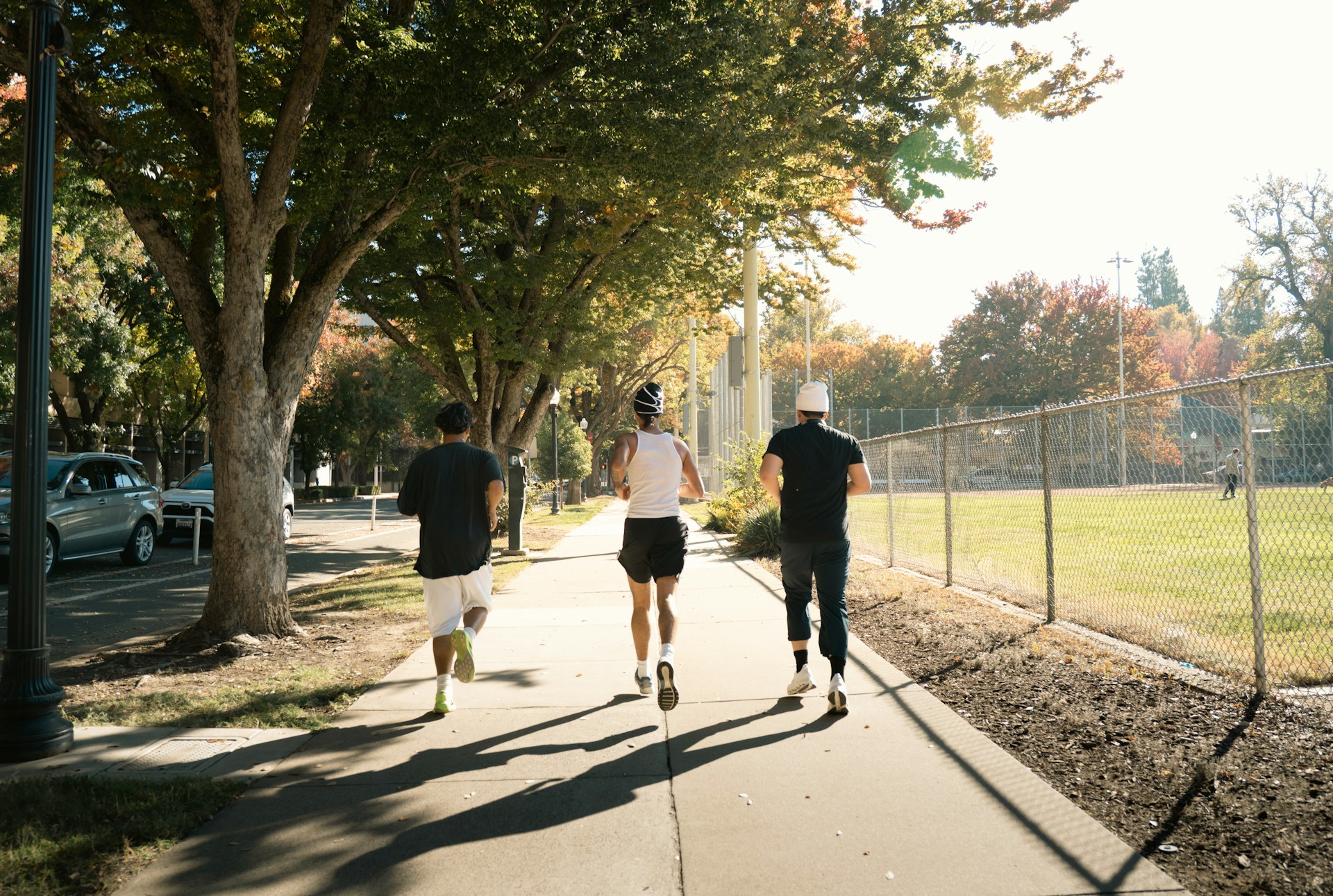You’ve probably been told to “just breathe” before.
But most likely, you haven’t tried this kind of breathing—at least, not the kind practiced in most variants of breathwork.
Earlier this week, I spent over an hour breathing deeply and quickly to a trippy prog-rock and world music soundtrack. I used a free sample session provided by Neurodynamic Breathwork Online, a Joshua Tree-based breathwork organization that claims it “changes to your nervous systems by strengthening the neural pathways to your inner intelligence,” and “changes your perspective in a powerful way, helping you to realize that you already have all of the answers inside of you.”
My breathwork experience was powerful and emotional, though I’m not sure I ever got into it enough to experience the full effects. We were told to breathe quickly, deeply, and steadily for the first 15 minutes of the session, which would guide us into a meditative state.
At the beginning of the session, we were instructed to accept any emotion that came our way, so I spent most of the session alternating across a spectrum of anger, panic, calmness, and euphoria, mostly triggered by the mood of the music we were listening to. I eventually settled on a feeling of calmness and compassion, though not without a few minor panic attacks.
I didn’t have much engagement with higher selves, my inner child, or universal wisdom, and I was never really able to escape the chatter of my mind, so had to keep going back to focus on the breath. But it still felt like a powerful opportunity to process some emotions I’d been suppressing and to engage with something a bit higher and deeper than what I normally experience these days.
The whole experience certainly made me curious about breathwork and all the potential benefits it might have—and if you take the many success stories told by people who have successfully used breathwork as evidence, there are many potential benefits.
Morning Breathwork Practicewww.youtube.com
Breathwork is a group of exercises that involves changing your breathing rate in order to achieve various levels of relaxation, or even meditative states and spiritual experiences. It’s been around for thousands of years, and there are many different types, but they all involve purposefully altering your breathing in some specific way.
Breathwork is often described as a way to bring people into meditative states more quickly than traditional meditation, or as a gateway to the peace of meditation. Some say it’s a way to process energy more efficiently. Others say it’s a way to connect with ourselves—and thus each other—more deeply.
Breathe to Heal | Max Strom | TEDxCapeMaywww.youtube.com
Sub-Types of Breathwork
There are many different types of breathwork, some more out-there than others. Many practitioners have their own unique varieties of breathwork, with some focusing on the depth and rhythm of breathing and others focusing on the type of breathing (i.e. though the mouth or nose).
Some more well–known types of breathwork include Rebirthing-Breathwork, created by Leonard Orr in the 1970s, which supposedly helps release suppressed childhood memories. Also called Conscious Energy Breathing (CEB), Rebirthing Breathwork is usually done alongside a guide and can involve circular breathing meant to trigger a subconscious release.
Holotropic Breathwork was created by LSD therapeutics pioneer Stanislav Grof after LSD was banned, and was intended to be another way to achieve altered states without drugs. (Eventually, the program was suspended due to worries that the process could cause psychosis or seizures). But today, holotropic breathwork is still popular; sessions are typically done in groups facilitated by practitioners and utilize music, drawing, and other forms of expression in addition to controlled breathing.
I Tried Trippy BREATHWORKwww.youtube.com
Vivation, created by Jim Leonard and Phil Laut, supposedly improves well-being through a method called circular breathing. Today, there are hundreds of additional types of breathwork, from neurodynamic breathwork to shamanic breathwork to integrative breathwork and more.
Pranayamais an ancient Sanskrit breathing exercise that is technically a kind of breathwork, though it naturally predates any of these New Agey inventions. In this practice, Prana, or the universal life force or energy that powers all things (also known as chi) is regulated and lengthened through special breathing techniques.
Pranayama- Regulation of Breathwww.youtube.com
The Science Of Yogic Breathing | Sundar Balasubramanian | TEDxCharlestonwww.youtube.com
Health Benefits
Breathwork can have some tangible benefits on your health. Deep breathing can generally lower your heart rate and cortisol levels, reducing stress and triggering a feeling of calm. Relaxation is the one main consistently proven consequence of breathwork, though many people find it leads to a lot more. Breathwork can lead us away from our fight-or-flight reaction, stimulating blood-flow, strengthening lungs, and triggering all sorts of possibilities.
In their book The Healing Power of the Breath, doctors Richard P. Brown and Patricia L. Gerbarg write, “Studies are revealing that, by changing the patterns of breathing, it is possible to restore balance to the stress response systems, calm an agitated mind, relieve symptoms of anxiety and post-traumatic stress disorder (PTSD), improve physical health and endurance, elevate performance, and enhance relationships.”
The benefits of breathwork can also supposedly be spiritual, helping people work through insomnia, grief, and much more. Some people even say that breathwork helps them achieve various altered states, such as a deep sense of oneness with the divine, and an increase in mindfulness and appreciation of life.
You Should Be Doing Breathwork for Health and Stress Controlwww.youtube.com
Risks of Breathwork
Breathwork can have many positive health benefits, but it’s not really something to just jump into. Breathwork can result in hyperventilation, and is generally not recommended for people with cardiovascular issues, high blood pressure, or recent injuries or pregnancies. It’s also important to be careful with breathwork if you suffer from PTSD, psychosis, depression, or other mental health issues, though that doesn’t mean you can’t benefit from it.
Sustained, heavy, rhythmic breathing can sometimes shift blood pH levels — triggering a similar reaction to hyperventilation. This can lead to a state called “respiratory alkalosis,” which essentially means that your blood’s acid and carbon dioxide levels decrease and the blood becomes more alkaline.
If done right, this can trigger feelings of relaxation and energy, but it’s important to make sure that your breathwork doesn’t turn into full-on hyperventilation. That’s why it’s important to choose the kind of breathwork that’s right for you, and to ease into it slowly with the help of a good teacher.
Types of Breathwork to Try
If you’re looking to try breathwork at home, you have a lot of options.
You could try Alternate Nostril Breathing, which essentially goes like this: Exhale, then use your right hand to cover your right nostril. Inhale through your left nostril, then close your left nostril with your pinky, open your right nostril, and exhale. Then inhale through your right nostril, close it, exhale through your left, and so on; continue the pattern for up to five minutes.
How to do Alternate Nostril Breathing for Brain, Heart & Lung Healthwww.youtube.com
You could also try the 4-7-8 Breathing Exercise, which involves breathing in for 4 seconds, holding the breath for 7 seconds, and exhaling for 8, over and over.
4-7-8 Calm Breathing Exercise – Relaxing Breath for Beginners | Hands-On Meditationwww.youtube.com
There are many other kinds of breathwork to try. You never know what you’ll feel, but make sure to accept whatever you feel, and allow it to float through you and pass by.
You never know—maybe this could be the key to achieving the relaxation you’ve been stressing out about for so long. Regardless, it’s worth a try. After all, we all have to breathe.










